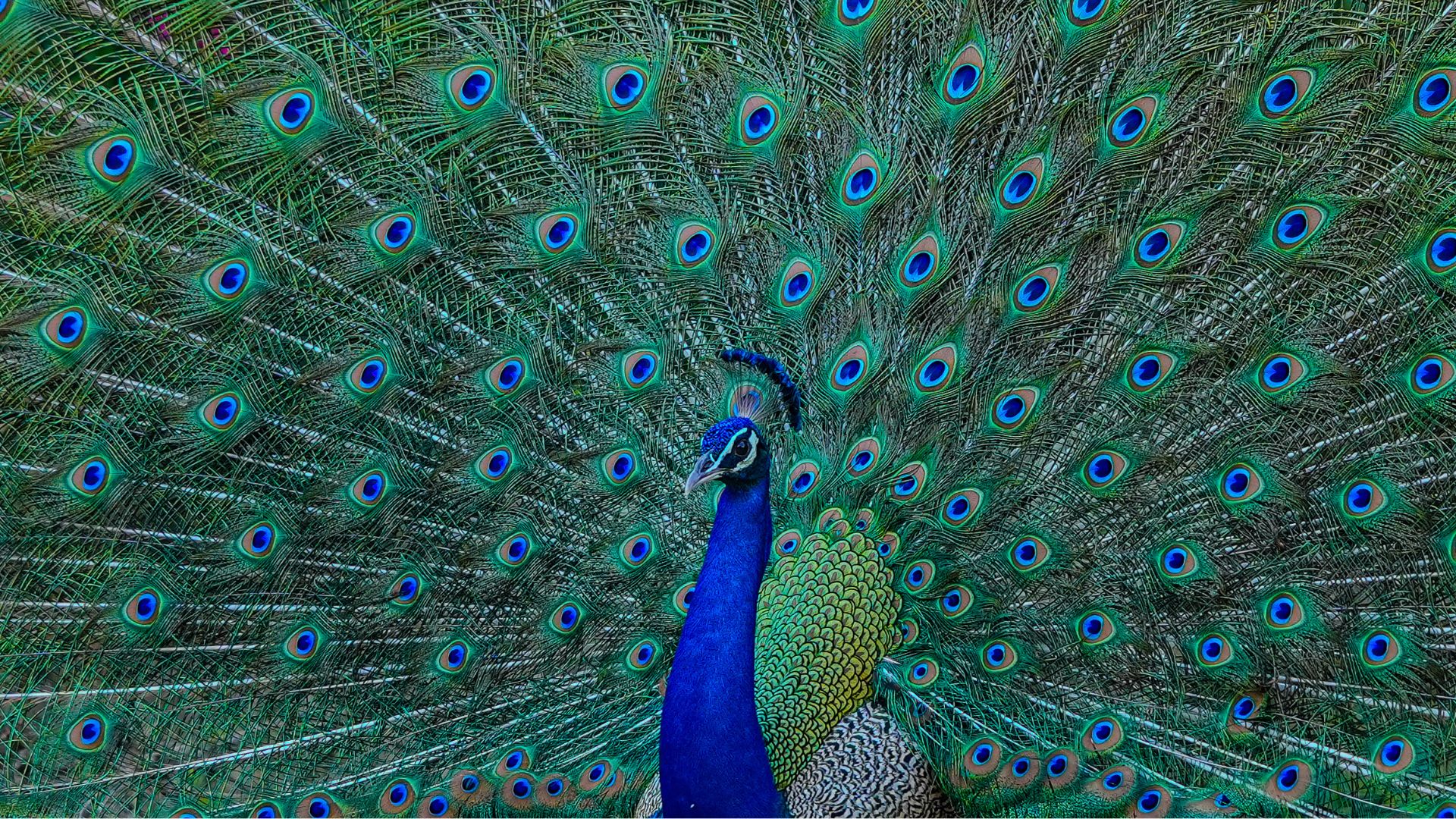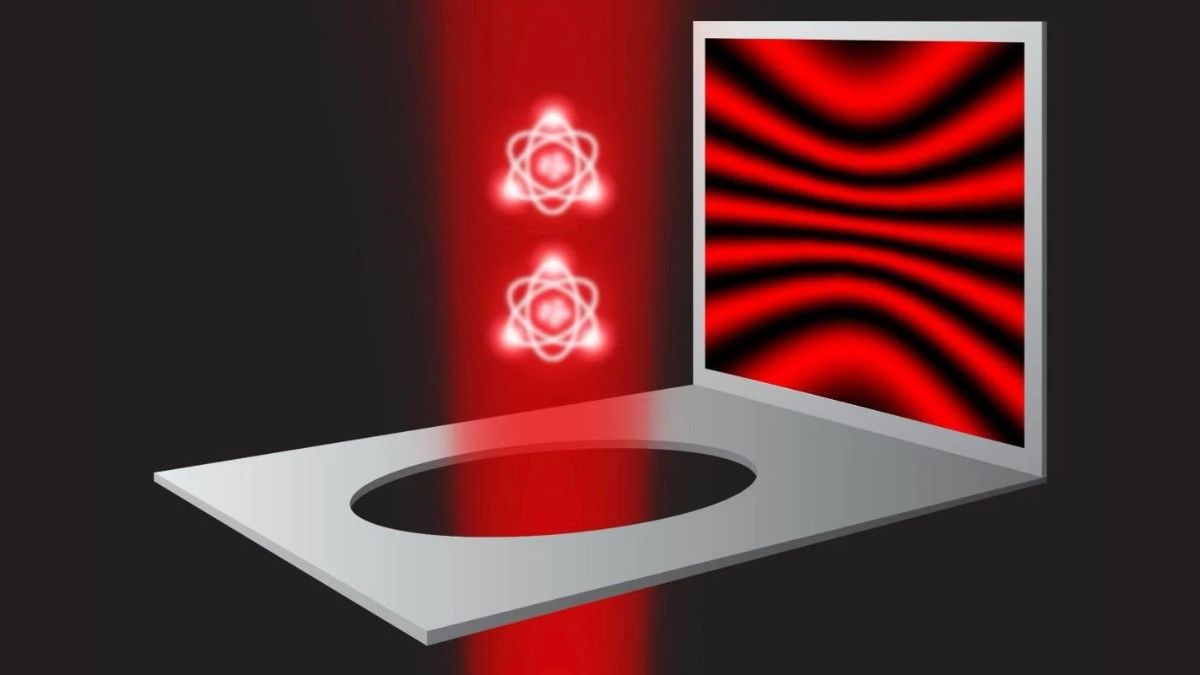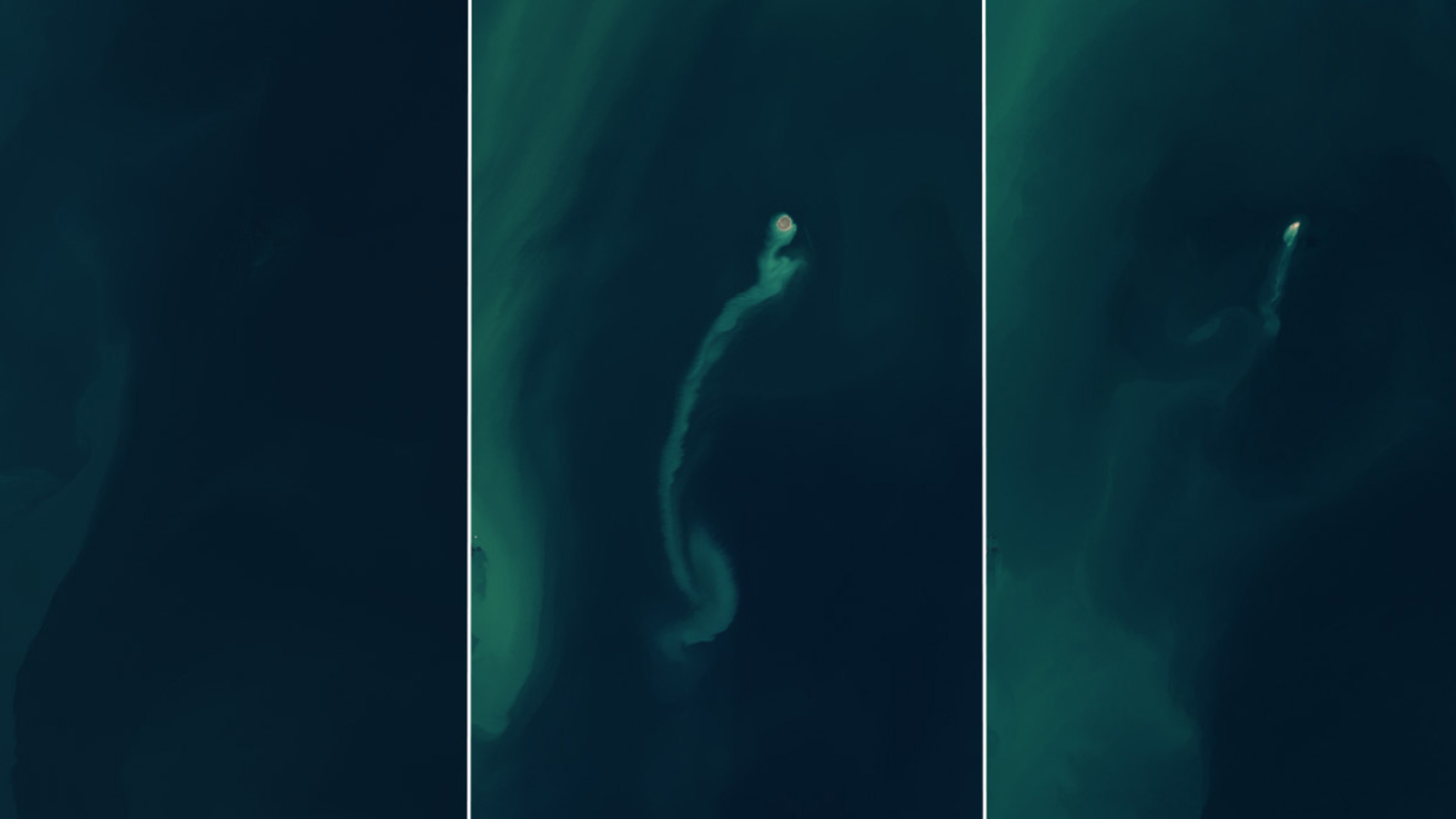Kyoto Researchers Use CRISPR to Unravel Neanderthal Genetics in Mice

In a groundbreaking study conducted at a laboratory in Kyoto, Japan, a team of geneticists led by Dr. Ako Agata and Dr. Tadashi Nomura at the Kyoto Prefectural University of Medicine has made remarkable strides in understanding the genetic underpinnings of our extinct relatives, the Neanderthals and Denisovans. Utilizing the advanced CRISPR gene-editing technology, the researchers inserted a specific variant of the GLI3 gene, once possessed by these ancient hominins, into the DNA of living mice. This innovative experiment has opened new avenues for exploring how ancient genes may still influence modern human biology.
The study, which has been made publicly available on the preprint server BioRxiv, aimed to investigate the role of the GLI3 gene, which is integral to a significant developmental signaling pathway called Hedgehog. This pathway is known to regulate the formation of bones and organs during embryonic development. The researchers focused on a particular mutation, known as R1537C, that is characteristic of Neanderthals and Denisovans.
The scientists were motivated by the desire to understand whether this specific gene variant could be linked to distinct physical traits observed in Neanderthal skeletons, such as broad rib cages, elongated skulls, and prominent brow ridges. As the genetically modified mice developed, researchers noted several significant anatomical changes. Some mice exhibited wider crania, while others displayed anomalies in their vertebrae and rib cages, including noticeable spinal curvature and enhanced rib torsion.
Interestingly, the research found that despite the changes, the introduction of the mutated gene variant did not compromise the stability of the protein or its functionality in activating Hedgehog signaling. Rather, it subtly modified how GLI3 influenced other developmental genes, particularly those tied to skeletal morphology. In laboratory experiments involving HEK293T cells, which are commonly used in genetic research, the presence of the Neanderthal variant triggered changes in the expression levels of several genes associated with development.
The effects of this genetic alteration became increasingly evident in the skeletal structures of the mice. For instance, some exhibited premature ossification of the cranial sutures, a condition that can lead to skull deformation, while others showed features reminiscent of scoliosis, characterized by asymmetric rib cages and vertebral alterations. Notably, the mutation also resulted in a reduced number of lumbar vertebrae, mirroring characteristics found in Neanderthal fossils.
Dr. Nomura's research team made an important observation: the modified mice did not present with polydactyly, or extra digits, which is often a consequence of disrupting the GLI3 gene. This suggests that the archaic variant maintained essential developmental functions while subtly influencing specific outcomes.
Interestingly, the R1537C variant is not merely a relic of the past; it is present in modern human populations, particularly among non-Africans. According to the 1000 Genomes Project data referenced in the study, the frequency of this variant ranges from approximately 3.7% to 7.7% among European populations, while it is found in only about 0.8% of African populations. This indicates that a fragment of our genetic heritage is shared with our ancient relatives.
The mutation is located within the GLI3 gene's C-terminal transactivation domain, and while in silico analyses had previously predicted it to be harmful, the experimental findings from this Kyoto-based team demonstrated that it does not destabilize the protein or hinder its primary functions. Instead, the altered gene expression was associated with traits involved in chromatin regulation and tissue development, affecting genes such as STC1, H4C3, and LINC00294, all of which play critical roles in bone growth and cellular development.
Moreover, the phenotypic outcomes of the genetic modification varied depending on the genetic background of the mice. For example, on the C57BL6 genetic background, the mice exhibited cranial enlargement and rib cage abnormalities, while those on the CD-1 strain presented with additional traits such as malformations in cervical vertebrae and the emergence of an extra rib at the 14th thoracic vertebra.
The researchers hypothesized that the effects of this mutation may have been influenced by relaxed developmental constraints experienced by ancient hominins. Neanderthals, who had smaller effective population sizes, might have tolerated or even incorporated mutations that modern humans would likely reject. Genetic drift could play a role in the persistence of such traits.
The skeletal data gleaned from the modified mice resonated with well-documented Neanderthal features, which include macrocephaly, scoliosis, and accelerated skeletal maturation. These traits were carefully mapped using the Human Phenotype Ontology, and comparisons to the fossil record revealed similarities, such as stronger rib torsion observed in Neanderthal infants, which were mirrored in the altered rib shapes of the genetically modified mice.
While the study's authors refrained from making definitive claims about the gene's role in Neanderthals, they acknowledged that the evidence points to an ancient variant of GLI3 that may contribute to species-specific anatomical variations. This research adds to the growing body of literature examining how remnants of Neanderthal DNA continue to shape modern human biology.
Previous studies have explored the influence of Neanderthal genes on immune response, pain perception, and neurological traits; however, few have established such a clear connection between a specific genetic mutation and skeletal development. The gene-editing work was conducted under stringent experimental protocols approved by the ethics committee at the Kyoto Prefectural University of Medicine, showcasing a commitment to ethical research practices. Animal models were developed using CRISPR-Cas12a technology, with embryos implanted into surrogate mice. The study's findings, including RNA sequencing and skeletal imaging data, are publicly accessible via the DDBJ database and Mendeley Data, fostering collaboration and openness in the scientific community.
As the researchers continue to unravel the complexities of our genetic past, this study highlights how ancient genetic variants may still echo within our own genomes, subtly influencing our anatomy and biology even today.




























